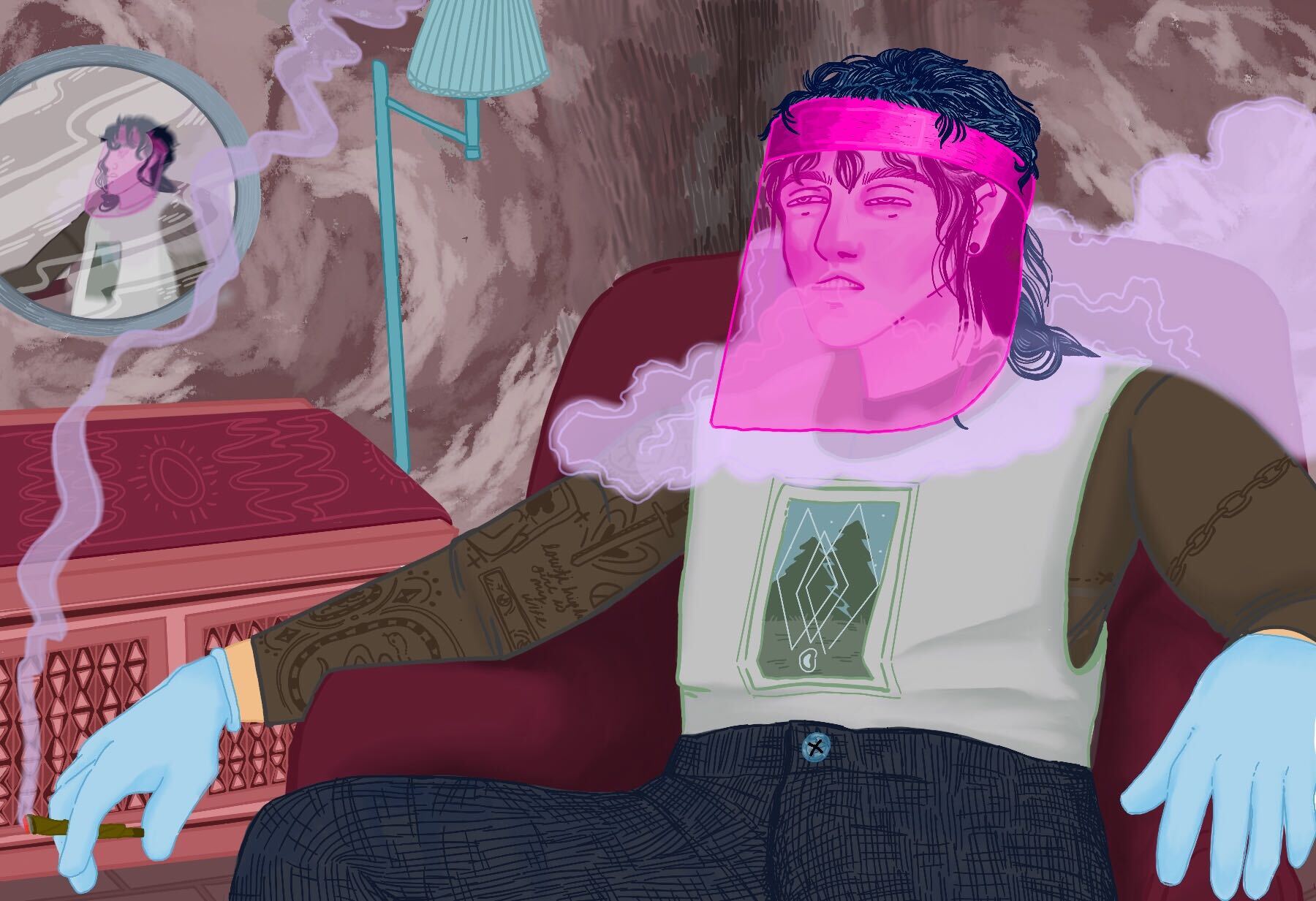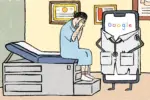The world has seemingly begun to acclimate to our pandemic-ravaged reality. There are challenges that we expect on a daily basis. Youth and adults alike navigate the transition to online work or school, manage anxieties about exposure, and struggle to keep themselves healthy (and entertained) in self-isolation. Individuals struggling with drug abuse and addiction have faced even greater obstacles during this time.
On a larger scale, industries and institutions have also faced their own set of expected challenges. The health care industry has endeavored to treat patients thoroughly while maintaining safety protocols, even as governments toe the line between economic well-being and “flattening” the curve. Restaurants, entertainment venues and production crews have also been forced to adapt or face bankruptcy.
These challenges are arduous in their own right. Among them, however, unforeseen difficulties have also erupted. While this novel pandemic has struck the entire world with force, another epidemic has continued to silently kill hundreds upon thousands across the nation.
During the coronavirus pandemic, this is the reality of drug abuse and addiction, which has taken an unprecedented toll in the United States in recent months. The United States has seen a near doubling of fatal overdose rates since government-imposed self-isolation began. States like Kentucky, Virginia and Ohio are flooded with these fatal overdoses. Coroners like Anahi Ortiz have regularly encountered as many as nine deaths in under 36 hours.
This alarming spike is not isolated. New evidence from The Washington Post suggests that overdoses have not only increased since the pandemic began, but are accelerating. With fewer and fewer hospital staff and beds available, an overdose has become an almost certain death sentence.
For casual users, this also spells trouble. Self-isolation and heightened anxieties have caused many casual users to slip into more serious drug addiction, while some non-users have turned to recreational use. This pattern of drug abuse is echoed throughout the world.
According to the Global Drug Survey conducted by Adam Winstock, self-reported casual drug habits are accelerating in categories as disparate as non-medical cannabis use to benzodiazepine abuse. Winstock blames social media culture in part for this transition, citing that the “normalization” of casual usage has erupted in self-isolation and has prompted many to pick up new habits. France, the United Kingdom and Australia are leaders in this usage increase, yet no other country has seen such devastation as the United States.
Coupled with the unique stresses of COVID-19, the United States has proved particularly vulnerable to surges in drug addiction and overdoses. These vulnerabilities cast light on the gaping holes in the country’s health and treatment systems as they relate to drug addiction.
The implementation of shelter-in-place orders, in theory, should have led to a decrease in overdoses. By disrupting traditional forms of the drug trade, such as trafficking across borders, dangerous narcotics would have no form of transportation or market. Unfortunately, the opposite has occurred. As typical supply lines were cut off, users sought out new suppliers. According to The Washington Post, these suppliers were more likely to sell relatively unfamiliar substances, often forms of cocaine or heroin laced with much more powerful drugs. In autopsies and toxicology reports of fatal overdose victims, coroners have begun to note upticks in synthetic compounds such as fentanyl and carfentanil, both of which hold enormous overdose risk.
The existence of extra-potent drugs alone, however, cannot explain the overdose crisis in the last four months. Self-isolation orders have also played a role. Those struggling with drug addiction and recovery are more likely to feel the negative effects of isolation more acutely, particularly emotions relating to loneliness and depression. The economic disadvantages of shelter-in-place orders are also more likely to be felt by those suffering with addiction, especially by the disproportionate number of self-described “addicts” who also identify as low-income or unhoused. Like the casual users interviewed by the Global Drug Survey, these feelings and day-to-day anxieties — felt more strongly by those who have already been exposed to drug usage — are more than enough to help push an individual along a path toward narcotic abuse.
The shelter-in-place orders, many of which were implemented as early as March, have caused difficulties even for those actively seeking treatment. Many treatment centers, drug courts and recovery programs have been forced to close or reduce operations, leaving many people in recovery physically “alone” during difficult transitional times. Schools and offices have handled these types of closures by transitioning to online systems, albeit imperfectly. Yet addiction treatment has proved challenging to replicate digitally. For those used to in-patient treatment or regularly scheduled meetings, so-called “e-treatment” simply does not provide the support they need.
It is not new that individuals in recovery are experiencing a lack of available services. The incidence of overdose in the United States has always been unnervingly high, even before the coronavirus heightened its effects. Ultimately, it is the United States’ own structural failures that have created the conditions for this crisis to occur. Though other countries have experienced their fair share of this upward trend in drug use during the coronavirus pandemic, it is solely the United States that has faced this type of disaster.
Even in “normal” times, the United States’ policy surrounding drug addiction is questionable at best, and downright criminal at worst. Cultural stigma surrounding addiction affects the way legislators and policymakers see the disease and its victims. This bias demonstrably impacts the way funding is distributed, yielding an uncharacteristically low amount of investment in drug rehabilitation and mental health services. And while these public provisions are the cornerstone of dealing with drug addiction, they are also the first whose budgets are slashed when cuts are needed. After the onset of COVID-19, budget shifts drained clinics and professionals of the resources to counsel those recovering from drug addiction. This disproportionately affects those living at the intersection of poverty, drug addiction and mental illness. The synergistic effects of these identity factors, economic downturns, the presence of new synthetic opioids and feelings of isolation have created an overdose emergency hitherto unseen.
Rather than slashing budgets, advocates urge members of government to use emergency funding to keep treatment, recovery and needle-exchange programs running, as well as call for wider distribution of naloxone. However, this alone will not be enough, even after life returns to some semblance of normalcy.
Though COVID-19 has a supposed end date — perhaps a vaccine, or the termination of “shelter-in-place” orders — the addiction epidemic does not. The funding and political will to save lives must exist year-round. It cannot exist only in the presence of so much death. There is no vaccine for drug addiction. It is up to citizens and the government members they choose to find a “cure” through effective policy making and stigma-free science rooted in uplifting, rather than criminalizing, those suffering with drug addiction.
















